In the fast-paced world of competitive volleyball, the block stands as one of the most critical defensive skills. While much attention is given to jump height and timing, the often-overlooked factor of hand positioning during blocking plays a decisive role in determining where the ball will rebound after contact. This subtle yet sophisticated aspect of the game can mean the difference between a point scored and a point denied.
Experienced blockers understand that their hands act as the final negotiators between the attacker's spike and their team's defensive formation. The angle at which the palms meet the ball, the rigidity of the fingers, and even the slight rotation of the wrists all contribute to creating predictable rebound patterns. Coaches at elite levels spend countless hours refining these minute details with their players, knowing that mastery of hand positioning can systematically dismantle an opponent's offensive strategy.
The Physics Behind the Block
When examining the interaction between blocker's hands and the volleyball, we enter the realm of applied physics. The ball's post-contact trajectory follows fundamental principles of projectile motion, heavily influenced by the impulse created at the moment of impact. A blocker who angles their hands backward toward their own court creates a softer rebound, often resulting in the ball dropping short on the attacker's side. Conversely, hands pushed forward with fingers spread wide tend to produce a sharper rebound toward the backcourt.
Advanced motion capture studies have revealed that elite blockers consistently maintain what coaches call "active hands" - a state where fingers are slightly flexed rather than rigid, allowing for micro-adjustments during contact. This flexibility enables last-second corrections that can redirect powerful spikes into controlled rebounds. The best blockers in the world combine this hand flexibility with precise timing to essentially "catch and throw" the ball in a single motion, despite rules prohibiting actual holding of the ball.
Cultural Variations in Blocking Techniques
Interestingly, distinct schools of blocking have emerged across different volleyball powerhouses. Brazilian blockers traditionally emphasize deep penetration over the net with strong wrist flexion, creating sharp downward rebounds. Eastern European teams, particularly Russian and Polish players, often employ straighter hand positions that produce more unpredictable, knuckleball-like rebounds. Asian teams, especially Japanese defenders, have perfected the art of minimal-contact blocks where precise finger angles deflect attacks rather than confront them directly.
These cultural differences stem not just from coaching philosophies but from physiological factors as well. Players with longer fingers tend to develop different blocking styles than those with broader palms. The evolution of hand techniques has become so specialized that some professional teams now employ biomechanics experts to analyze opponents' blocking patterns and advise attackers accordingly.
The Mental Game of Hand Positioning
Beyond physical execution, blocking hand techniques involve significant psychological warfare. Savvy blockers will vary their hand positions throughout a match to keep attackers guessing. A middle blocker might show straight hands early in the game, only to suddenly angle them during crucial points. Some players develop signature moves - like the "pinkie flare" where slight outward rotation of the smallest finger creates unexpected sidespin.
This mental aspect becomes particularly evident during service reception transitions. Observant blockers will study an opponent's shoulder rotation during approach to anticipate spike direction, then adjust their hand positioning in milliseconds. The most successful blockers combine this anticipation with deceptive hand movements, sometimes starting with one formation before quickly shifting to another as the attacker commits to their swing.
Training Methodologies for Precision Blocking
Modern training for blocking hand techniques has moved far beyond simple repetition drills. Virtual reality systems now allow players to practice against holographic attackers, focusing solely on hand positioning without the physical demands of jumping. Pressure-sensitive blocking pads provide instant feedback on force distribution across different parts of the hand.
Some innovative coaches have incorporated martial arts techniques into their training regimens, particularly wing chun's emphasis on redirecting force. These methods help players develop the delicate touch required for soft blocks while maintaining the structural integrity needed for powerful denials. Video analysis has become indispensable, with frame-by-frame breakdowns of hand angles during successful blocks.
The Future of Blocking Technology
As technology advances, we're beginning to see smart gloves enter the training environment. These wearable devices track finger positioning, impact pressure, and even moisture levels that might affect grip. Early adopters report significant improvements in their ability to consistently produce desired rebounds. Some professional leagues are experimenting with augmented reality overlays during matches that show real-time data on blockers' hand positions.
Material science is also playing a role, with researchers developing specialized tapes that enhance finger sensitivity without restricting movement. These innovations promise to elevate blocking from an art form to something approaching an exact science, though the intuitive, split-second decision making that defines great blockers will always remain human.
The evolution of blocking hand techniques continues to shape modern volleyball at all levels. From beach doubles to indoor sixes, the subtle manipulation of ball trajectory through refined hand positioning stands as one of the sport's most sophisticated skills. As the game progresses, we can expect even greater focus on these minute details that separate good blockers from truly game-changing defenders.
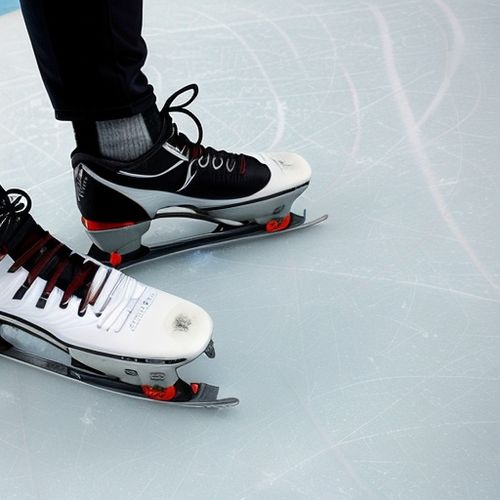
By William Miller/May 9, 2025
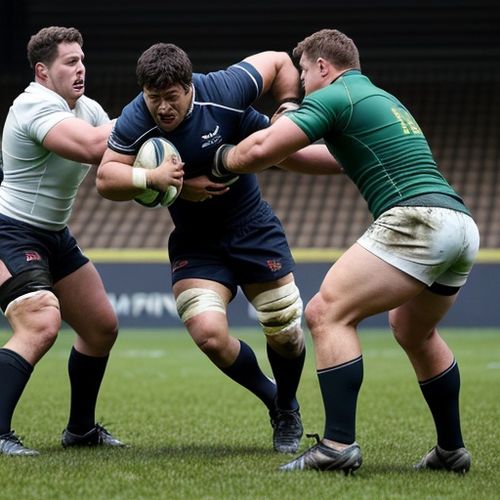
By John Smith/May 9, 2025
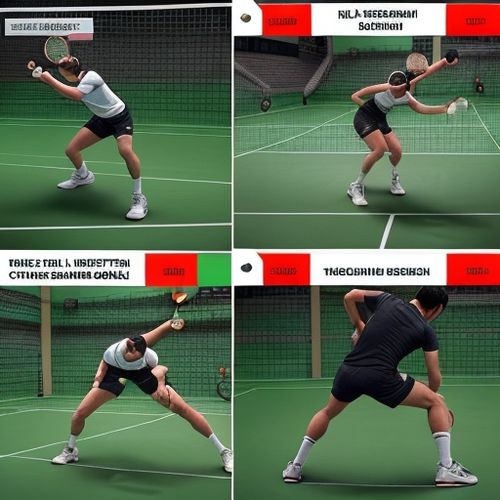
By Lily Simpson/May 9, 2025
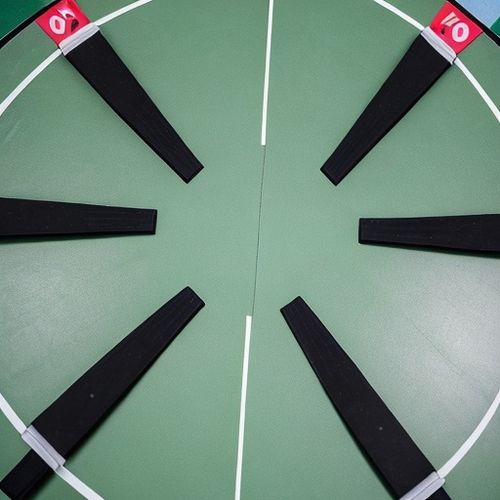
By Eric Ward/May 9, 2025
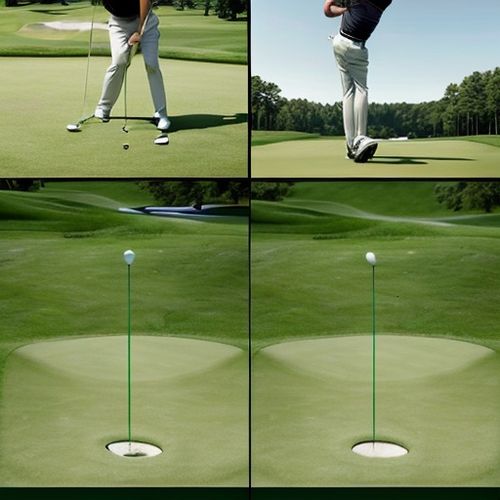
By Eric Ward/May 9, 2025
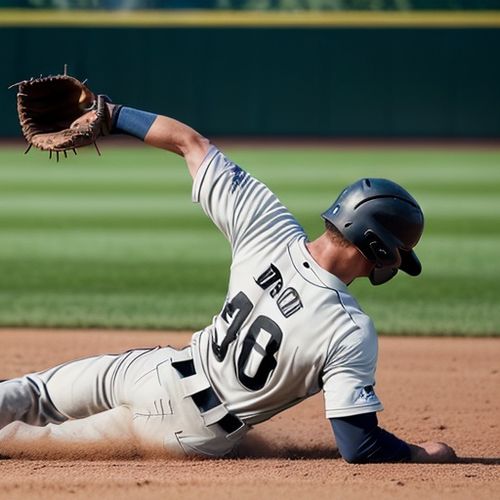
By Victoria Gonzalez/May 9, 2025
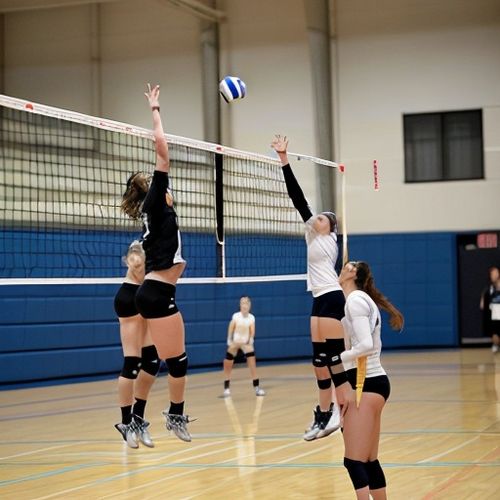
By Samuel Cooper/May 9, 2025
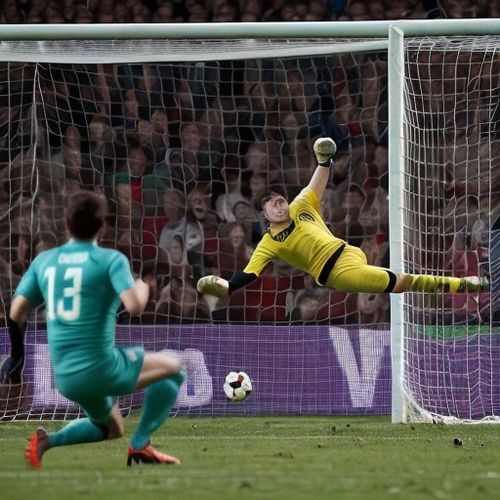
By Emily Johnson/May 9, 2025

By Noah Bell/May 9, 2025
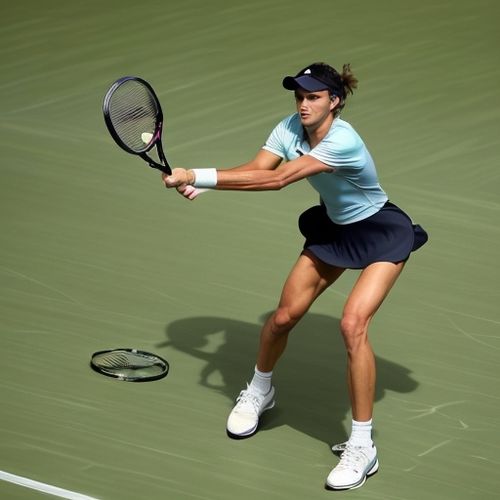
By Joshua Howard/May 9, 2025

By Eric Ward/May 8, 2025

By Joshua Howard/May 8, 2025
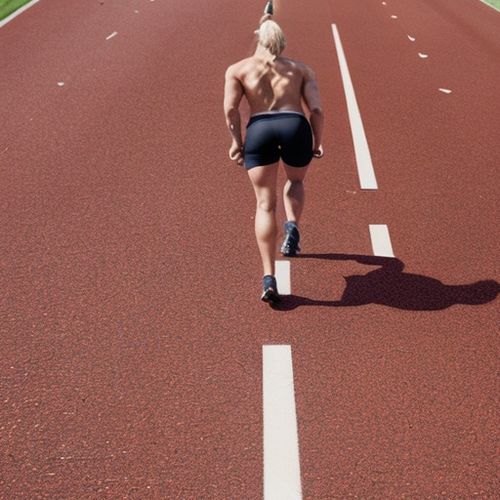
By George Bailey/May 8, 2025
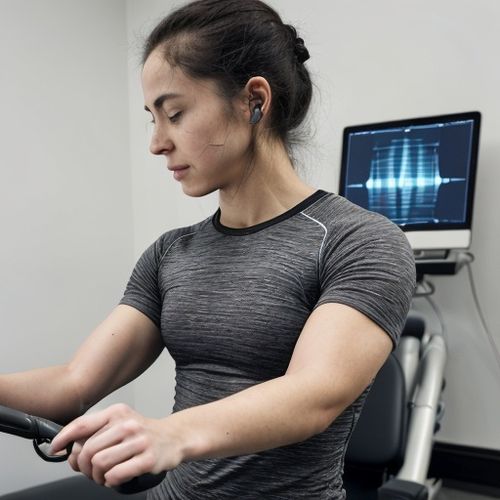
By Grace Cox/May 8, 2025
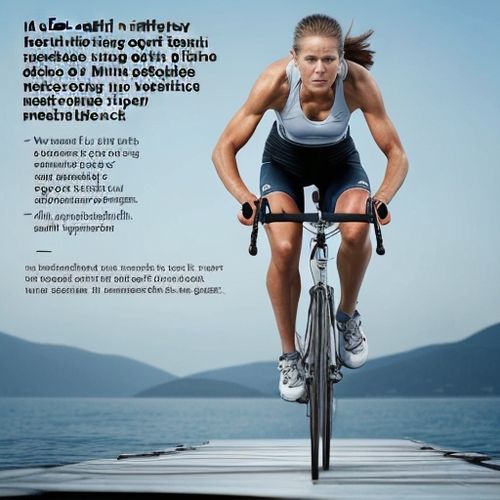
By Michael Brown/May 8, 2025

By Daniel Scott/May 8, 2025
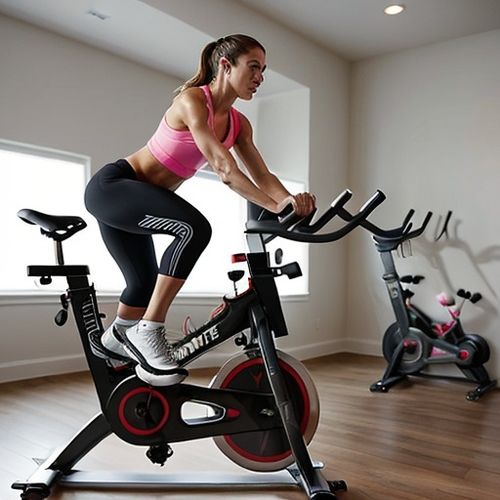
By Rebecca Stewart/May 8, 2025
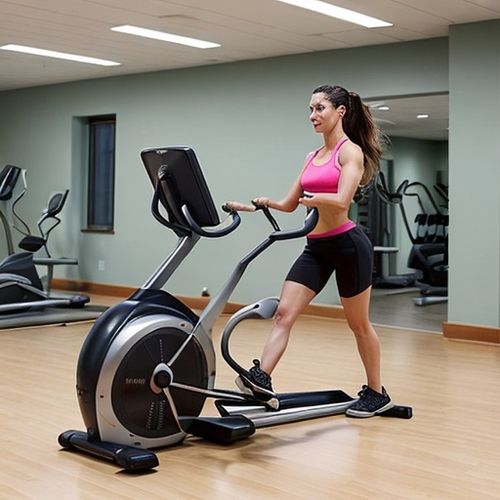
By Victoria Gonzalez/May 8, 2025
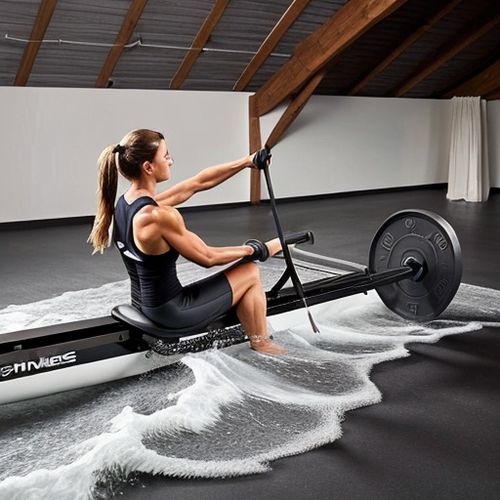
By Emily Johnson/May 8, 2025
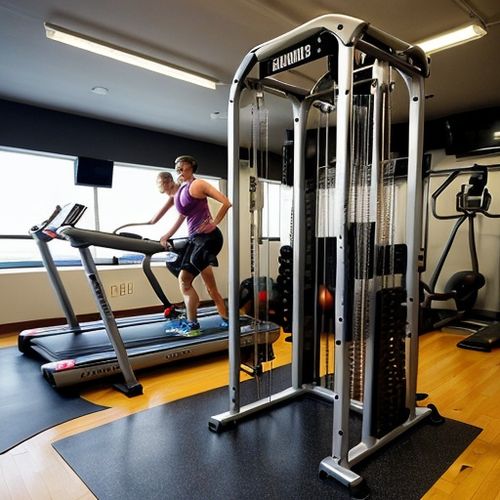
By Olivia Reed/May 8, 2025